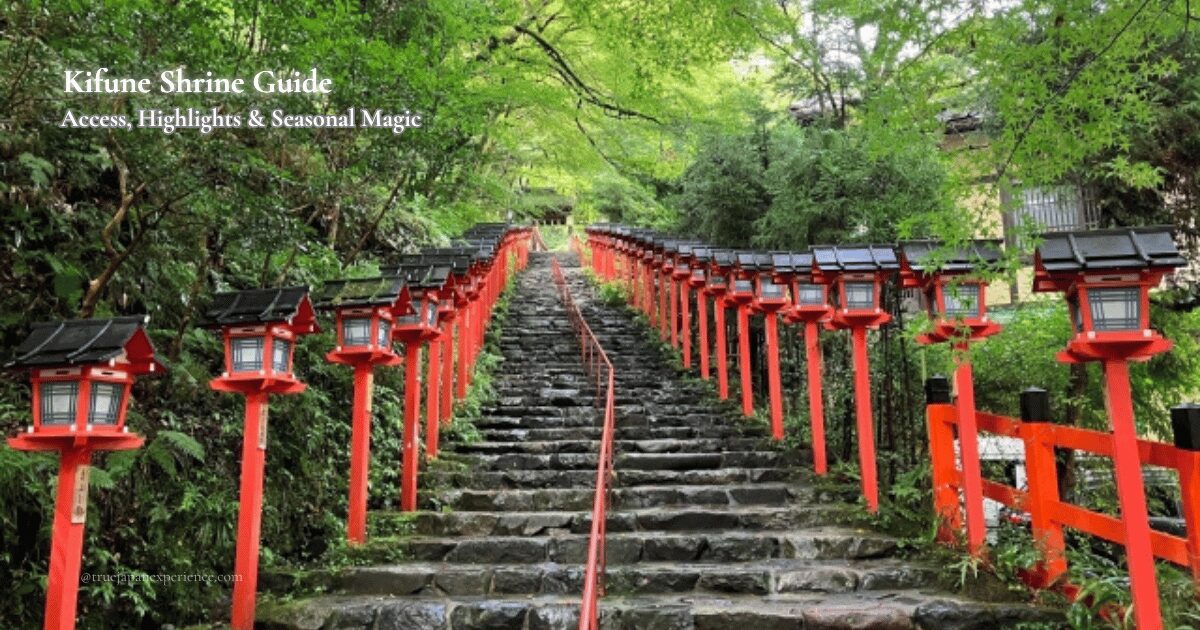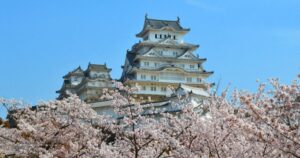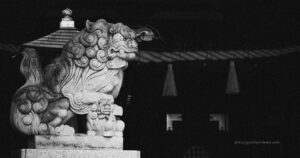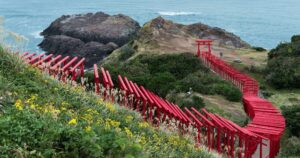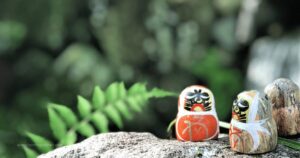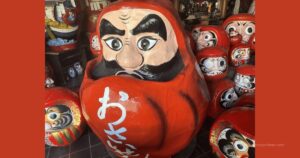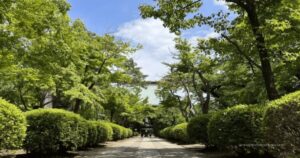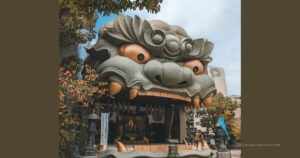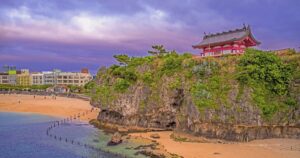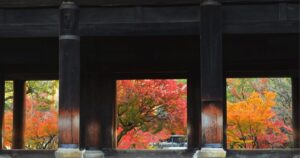Kifune Shrine (貴船神社) is in the quiet mountains in the north of Kyoto. It is the main shrine of over 500 Kifune shrines in Japan.
People come here to pray for water, love, and good luck.
Each season brings a different kind of beauty—green trees in summer, red leaves in fall, white snow in winter, and flowers in spring.
In this article, you will learn why Kifune Shrine is loved by so many people.
We will show you how to visit the three shrines, try the famous water fortune paper, and enjoy seasonal events like riverside dining and autumn leaves.
If you are looking for a peaceful and powerful place in Kyoto, this is the perfect spot for you.
Sacred Blessings at Kifune Shrine
Many visitors come to Kifune Shrine to pray. People believe the shrine has special power, especially for water and love.
In this part, let’s look at the main blessings you can receive when you visit.
Water Blessings and Rain Prayers
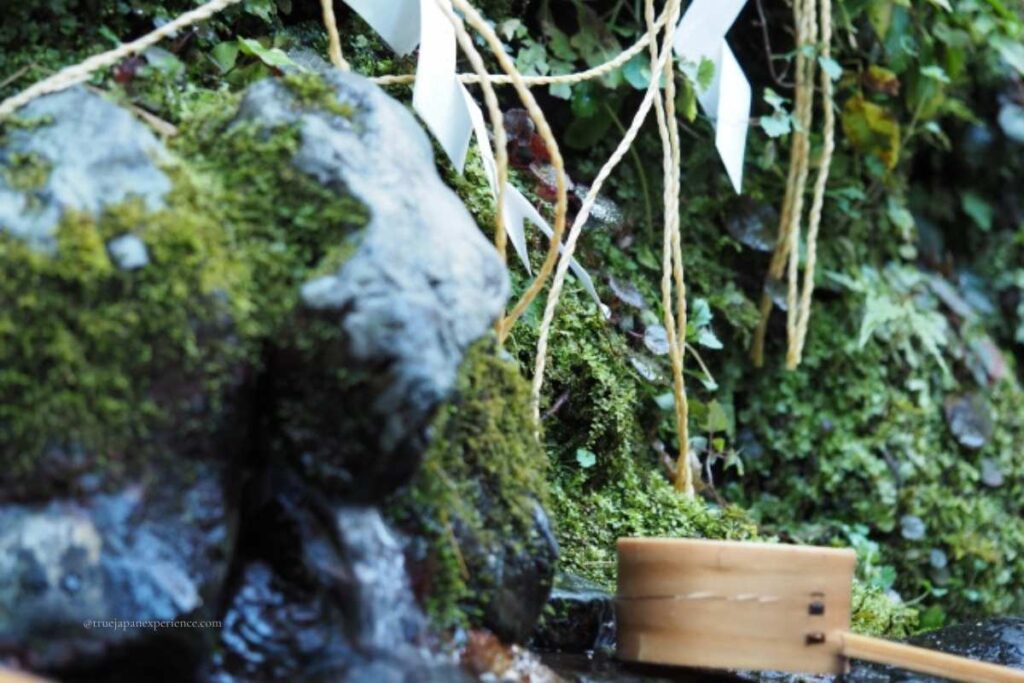
Kifune Shrine is famous for its strong connection to water. It enshrines Takaokami-no-Kami, the god of rain and water. This god is also known as a dragon spirit, and people believe it controls both the falling and stopping of rain.
The shrine is located near the source of the Kibune River, deep in the mountains. Pure water flows from the ground in front of the shrine. This water is called “Goshinsui”, or sacred water, and it never stops running. Many visitors drink this water or touch it to feel the power of nature.
Kifune Shrine is very old. It has existed for over 1,300 years. A legend says that a goddess named Tamayorihime, the mother of Japan’s first emperor, traveled in a yellow boat to find the water source. She built a small shrine near the river, and that is why the area is called “Kifune”, or “yellow boat.”
In the past, when there was a long drought or heavy rain, even the Imperial Court sent messengers here to pray. They believed that the god of Kifune could help bring rain or stop floods.
Because of this long history, people still visit today to pray for clean water, safe weather, and life energy. Kifune Shrine protects the water of Kyoto and reminds us that water is the source of life.
Matchmaking and Love Fulfillment
Kifune Shrine is well known for love and matchmaking. Many people visit to pray for help with romance, marriage, or even getting back together with someone.
One of the most famous visitors to Kifune Shrine was a poet named Izumi Shikibu. She lived in the Heian period and is well known for her love poems.
Because of problems in her marriage, she often felt sad. One day, she visited Kifune Shrine and saw fireflies near the river. Touched by the scene, she wrote a poem about her feelings and offered it to the god.
The god sent her a kind message back, saying not to worry too much. After that, she made peace with her husband and they were happy again. Because of this, people believe the shrine can help with love and second chances.
There is also a smaller shrine inside Kifune Shrine called Yui-no-Yashiro.
It is for a goddess named Iwanaga-hime, who is said to protect people looking for strong and lasting love. At this shrine, you can write your wish on a “musubi-fumi” (love wish paper) and tie it to a special place.
Many people—singles, couples, and even those who want to fix a broken relationship—come to Kifune Shrine with hope in their hearts.
Exploring the Three Shrines: Honmiya, Yui-no-Yashiro, and Okumiya
Kifune Shrine is made up of three sacred places. They are called Honmiya (Main Shrine), Okumiya (Inner Shrine), and Yui-no-Yashiro (Love Shrine).
Visiting all three is called “Sansha Mairi”, or Three Shrine Visit. This is a special way to pray at Kifune Shrine, and people believe it brings stronger blessings.
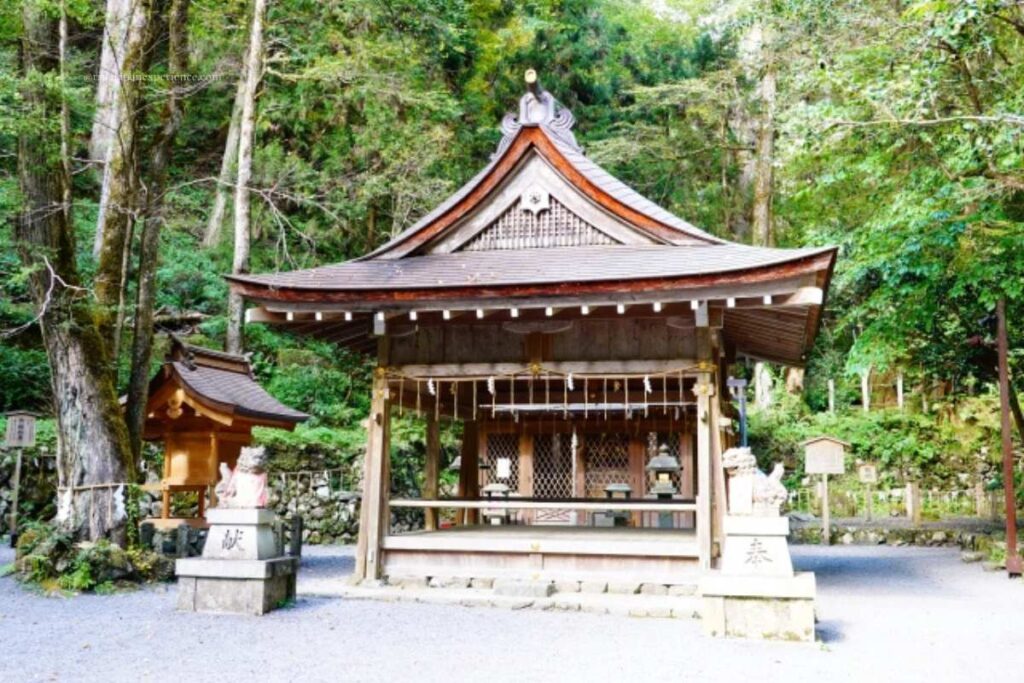
How to Visit All Three Shrines
You don’t have to visit the three shrines in a special order, but there is a traditional way.
People believe that if you follow this order, your prayers will come true more strongly. It is also the easiest path to walk, starting from the closest shrine.
The correct order is:
1)Honmiya – Pray to the god of water
2)Okumiya – Show respect at the place where the shrine began
3)Yui-no-Yashiro – Pray for love and good relationships
You can walk to each shrine. It takes about 15 minutes from Honmiya to Okumiya, and another 10 to 15 minutes to Yui-no-Yashiro. If you take your time to enjoy the nature, read the signs, and pray at each spot, the whole visit usually takes about 45 minutes to 1.5 hours.
What You’ll Find at the Three Shrines of Kifune
Each of the three shrines has a different role and feeling. They all have special meanings and things to see. Here’s what you can find at each one.
Honmiya (Main Shrine)
Honmiya is the main place to pray at Kifune Shrine. It is where people first stop to show respect to the water god, Takaokami-no-Kami. In front of the shrine, you can see clean, cold water coming from the mountain. This is called Goshinsui, or sacred water. Many people touch the water or fill a small bottle to take home.
You can also try the famous Water Fortune Paper here. It is a special way to tell your luck using the sacred water. People love watching the words appear when the paper touches the water.
Honmiya is the spiritual heart of Kifune Shrine. It’s a quiet and powerful place where many people feel close to nature and the gods.
Okumiya (Inner Shrine)
This is the oldest part of Kifune Shrine. Long ago, it was the main shrine.
Under the building, there is a special place called Ryūketsu, or “dragon hole.” People say it holds strong spiritual power, but no one is allowed to look inside.
Nearby, there is a stone shaped like a boat. It is said to be the boat from the old legend of the goddess who founded the shrine.
Yui-no-Yashiro (Love Shrine)
This small shrine is for Iwanaga-hime, a goddess who helps people with love. Many visitors pray here for romance or marriage. You can write your wish on a special paper called “musubi-fumi”, and then hang it on a rack at the shrine.
A long time ago, the poet Izumi Shikibu also came here to pray for her love. Her story is still remembered today.
Visiting all three shrines is a peaceful and powerful way to pray. Walking through the forest, feeling the nature, and making your wishes at each place can help you feel more connected to the gods.
If you visit Kifune Shrine, don’t miss the chance to try Sansha Mairi, the traditional way to show your thanks and hopes.
Water Fortune Mikuji at Kifune Shrine: A Magical Experience
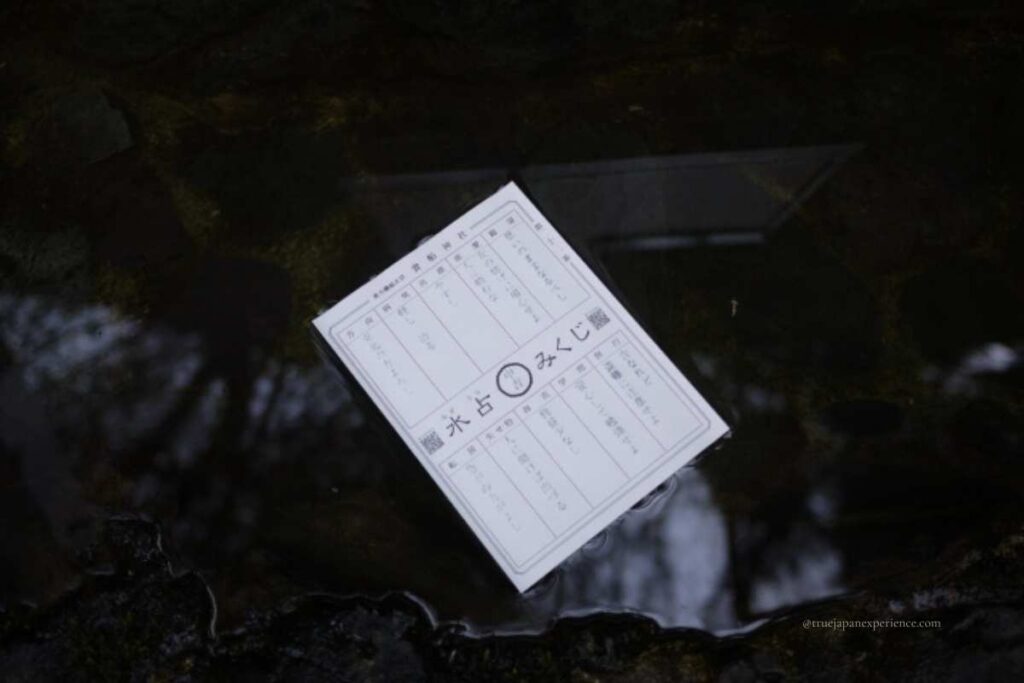
One of the most popular things to try at Kifune Shrine is the Water Fortune Mikuji. It is a special kind of fortune paper. At first, the paper looks blank. But when you place it on the sacred water in front of the main shrine, letters slowly appear on the paper. After a few seconds, you can read your fortune.
This is a unique experience only found at Kifune Shrine, because the shrine is known for its water god. People believe the water fortune is very accurate.
You can get the fortune paper at a small stand next to the main shrine. It costs 200 yen. After putting the money in the box, take one piece of paper. Then, float it gently on the water near the stone wall. The words will come up like magic.
The paper shows your luck in many areas—like love, health, money, and study. You can keep the paper as a memory, or tie it at the special place in the shrine to make a wish.
Please be careful when handling the wet paper. It can tear easily, so hold it gently.
There is also a QR code on the paper. If you scan it with your smartphone, you can see a translation of your fortune in English, Chinese, or Korean. You can even listen to it with audio. This makes the experience easy and fun for international visitors.
Trying the water fortune is not just fun—it’s also a way to connect with the water god and feel the power of this special place.
Kifune Shrine: Omamori for Love and Water Blessings
Kifune Shrine has many kinds of omamori, or lucky charms. You can find cute and colorful designs in many shapes. They make great gifts, and many people choose one based on their current wish or problem.
Some charms are for love and relationships, including romantic love, family ties, or good friendships. Others are for health, safe childbirth, recovery from illness, or having a baby. There are also charms to protect you from bad luck, accidents, or to help with travel safety.
Each omamori has its own meaning. You can choose one by its color, shape, or just the one that feels right to you.
You can get omamori at the shrine office between 9:00 AM and 5:00 PM. Please note that the times may change in some seasons.
If you’d like to learn more about the meaning and proper use of omamori, check out our full guide:
👉 How to Use Omamori: The Complete Guide to Japan’s Protective Charms
And by the way—Kifune Shrine also offers a very cute goshuincho (stamp book)! If you’re interested in collecting shrine stamps in Japan, check out this guide:
👉 Goshuin: A Unique Cultural Experience at Japanese Shrines and Temples
Seasonal Highlights and Events at Kifune Shrine
Kifune Shrine offers unique beauty and rituals in every season. No matter when you visit, you’ll find something special waiting for you.
Spring: Walks Through Lush Greenery
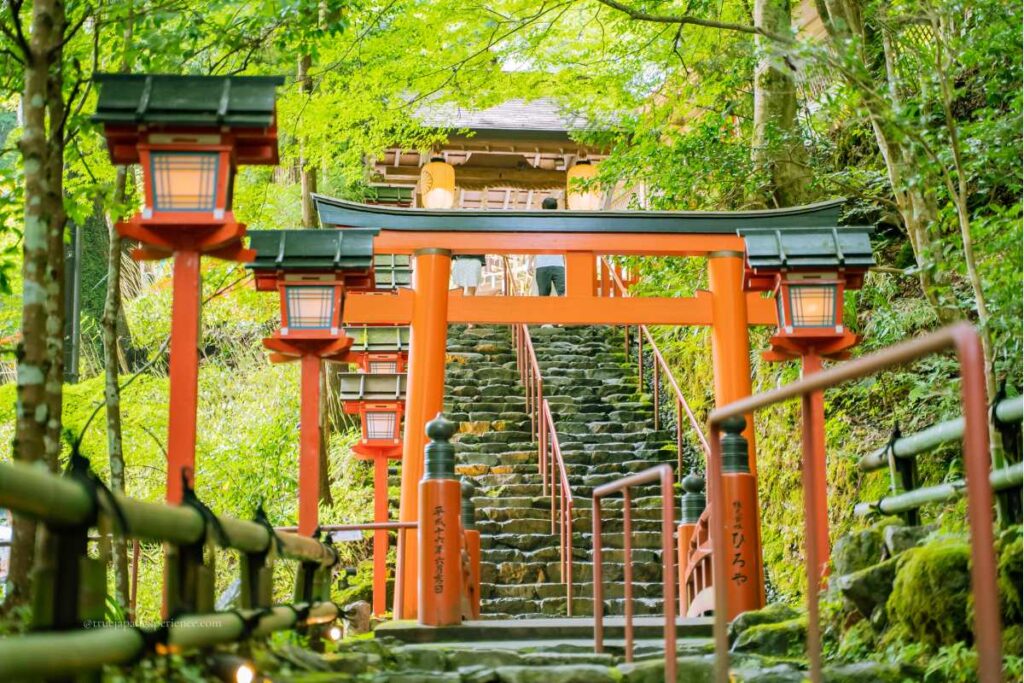
In spring, Kibune Shrine welcomes visitors with fresh greenery and the sound of flowing water.
The mountain air becomes warmer, and the shrine’s forest paths offer a peaceful escape. The sound of the Kibune River and the scent of moss add to the calming atmosphere. This season is perfect for walking the approach path and enjoying seasonal blessings.
Also, spring is a popular time for shinto blessings and new beginnings. Many people visit to pray for success in studies, careers, or relationships.
Summer: Tanabata and River Dining
Kifune Shrine celebrates Tanabata (Star Festival) in July and August.
Visitors can write wishes on colorful paper strips and hang them on bamboo. The shrine grounds are decorated with gentle lights and paper lanterns during this time, creating a dreamy summer night atmosphere.
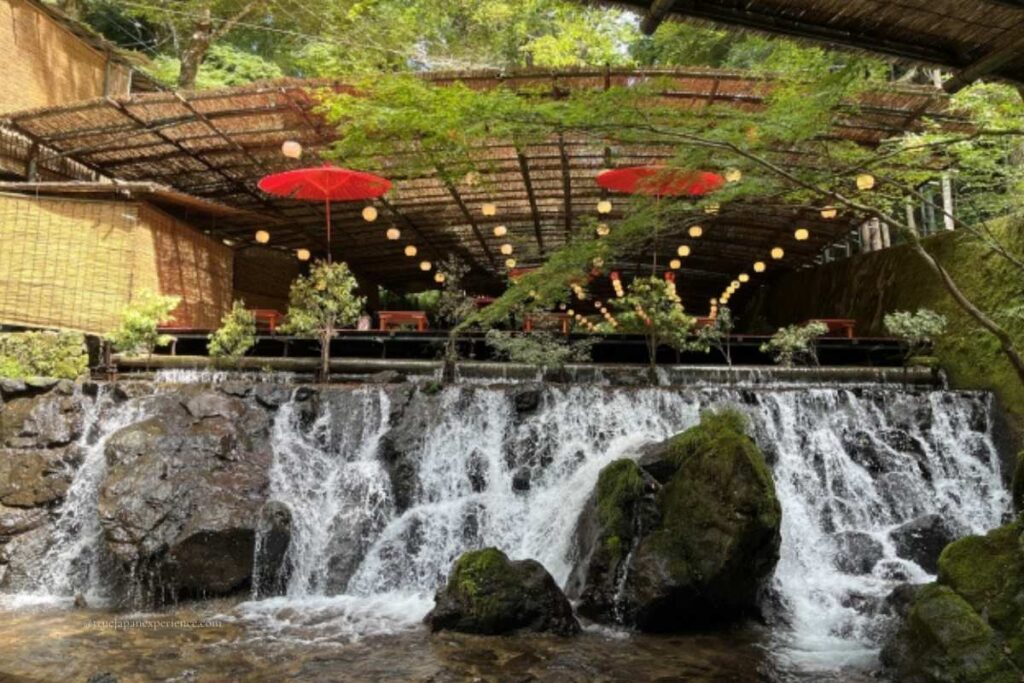
Kawadoko (river dining) in Kibune is a beloved summer tradition in Kyoto.
From May to the end of September, local restaurants build wooden platforms just above or beside the river. The sound of flowing water, cool mountain air, and the unique setting offer a refreshing escape from the city heat—often about 10°C cooler than central Kyoto.
Seasonal dishes such as Kyoto-style kaiseki, hot pot, or even flowing somen noodles (nagashi-somen) are served. Because of its popularity, advance reservations are highly recommended. Some traditional inns (ryokan) in Kibune offer overnight stays with kawadoko dinner plans, but bookings during the season often fill up months in advance.
Note: Kawadoko may be canceled on rainy days or when the river water rises.
Autumn: Vivid Red and Golden Leaves
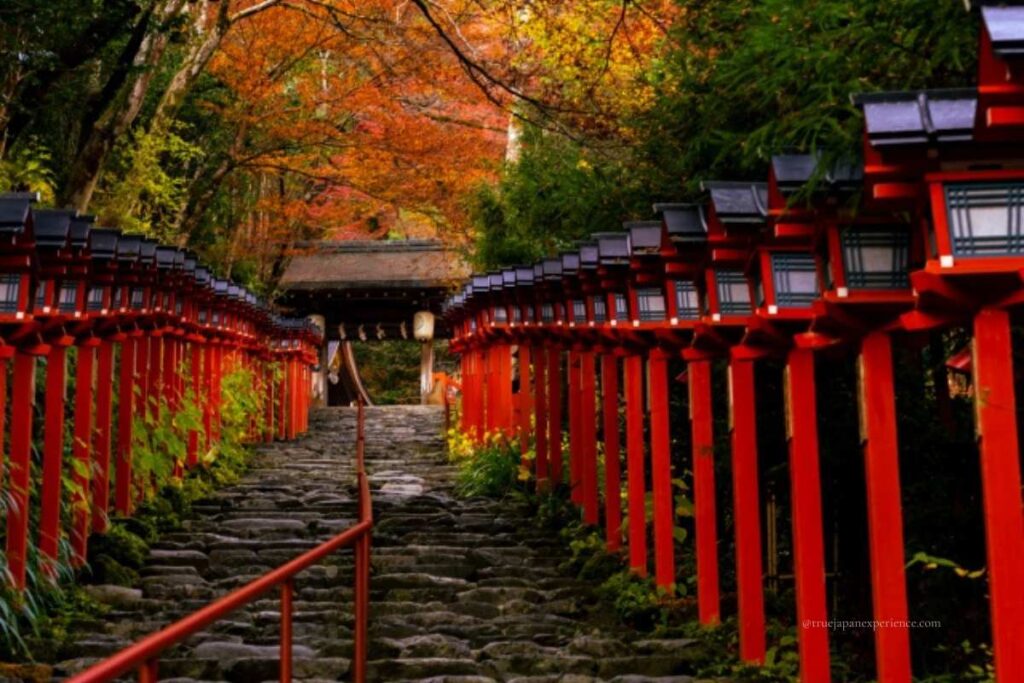
From mid to late November, the maple trees around Kifune Shrine start to turn red and yellow.
The red lanterns along the stone steps, the colorful leaves, and the clear stream of the Kibune River create a picture-perfect scene. This beautiful view makes autumn one of the best times to visit.
This is one of the most photogenic times to visit, especially during the second half of November.
Autumn at Kifune Shrine is not only about the leaves.
You can also see special events like a fire festival, chrysanthemum offerings, and local autumn celebrations. It’s a season where you can enjoy both nature and traditional culture. The quiet and peaceful atmosphere feels magical, and the colors of fall make it even more special.
Winter: Snowy Silence and Sacred Beauty
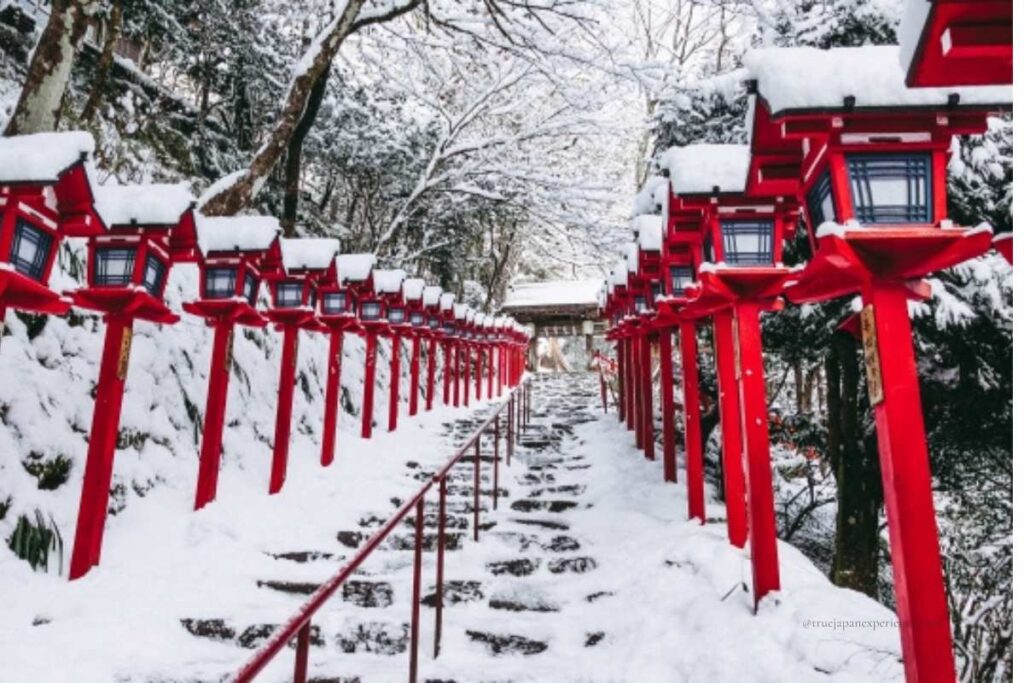
Kifune Shrine in winter is very cold, even colder than in central Kyoto. Because of the freezing weather, not many people visit. But on snowy days, the shrine becomes a beautiful and peaceful place.
The red lanterns along the stone steps look bright and warm in the snow. The white snow makes everything feel quiet and calm. Sometimes, there is a special light-up event when it snows. The view is magical and feels like a different world.
If you visit at night during winter, be sure to wear very warm clothes. It gets as cold as a mountain in winter. You will need gloves, a scarf, heat packs, and shoes that don’t slip.
Winter at Kifune Shrine is a quiet and holy time. The mix of snow and soft lights makes it a very special place to visit.
Light-Up Events: Seasonal Evening Magic
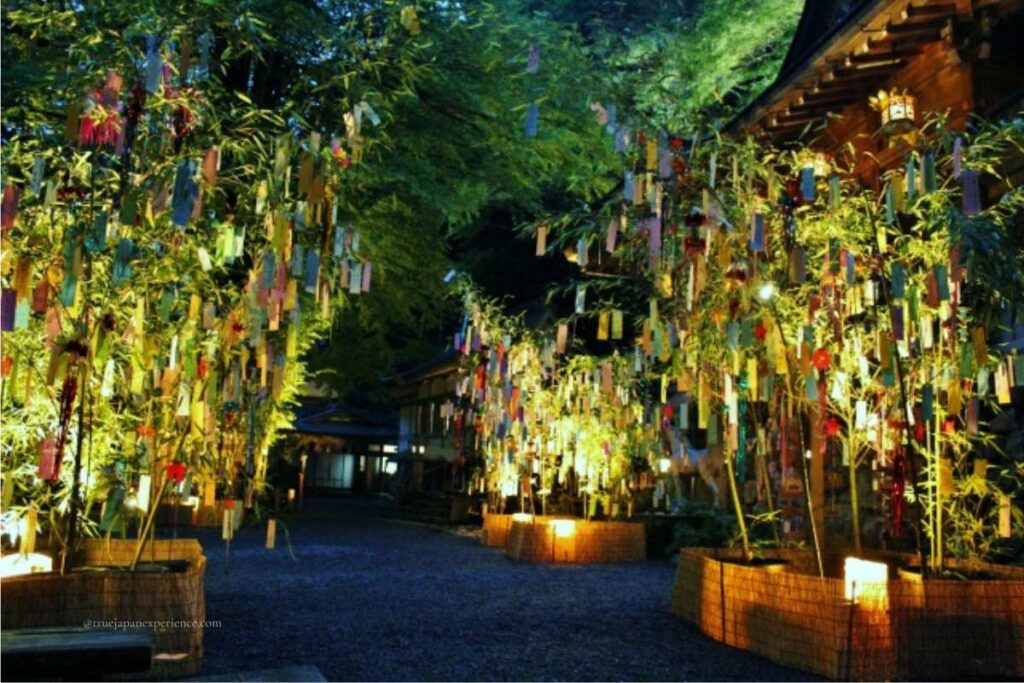
Kifune Shrine has special light-up events in different seasons. The lights make the shrine look magical in the evening. Most events start at sunset and end around 8:00 p.m.
The main light-up events are:
For all events, please check the shrine’s official website or social media for the latest information. These nights are perfect for taking photos and enjoying the calm beauty of Kifune.
How to Get to Kifune Shrine
Kifune Shrine is located in the mountains north of Kyoto. It takes about 1.5 hours to get there from Kyoto Station. Here are two easy ways to go.
Route 1: By Subway and Bus
- Take the Subway Karasuma Line from Kyoto Station to Kokusaikaikan Station
– About 20 minutes - At Kokusaikaikan, take Kyoto Bus No. 52 to Kibuneguchi (Kifune-guchi) Bus Stop
– About 20 minutes
Note: Buses are not very frequent. Please check the timetable. - At Kibuneguchi, transfer to Kyoto Bus No. 33 and ride to Kifune Bus Stop
– About 5 minutes - Walk about 5 minutes from Kifune Bus Stop to Kifune Shrine
🕒 Total time: About 1 hour 15 minutes
Route 2: By Train (Eizan Railway)
From Kibuneguchi Station to Kifune Shrine:
Option 1: Bus – Take Kyoto Bus No. 33 to Kifune Bus Stop (5–7 minutes), then walk 5 minutes
Option 2: Walk – It takes about 30 minutes uphill, but the path is scenic
Go to Demachiyanagi Station
– You can get there by Keihan Line, city bus, or other local transport
From Demachiyanagi, take the Eizan Railway (Kurama Line) to Kibuneguchi Station
– About 28–30 minutes
Travel Tips
・Check bus and train schedules in advance—service is limited in some hours
・Avoid driving during peak seasons—roads are narrow and parking is scarce
・Wear comfortable shoes—some paths are steep or slippery
Kifune Shrine Information
Kifune Shrine is more than just a tourist spot—it’s a place where nature, history, and faith come together. Whether you’re praying for love, enjoying the cool river breeze, or marveling at the seasonal beauty, this hidden gem in Kyoto will leave a lasting impression.
Plan your visit and discover the true magic of water and love at Kifune Shrine.
